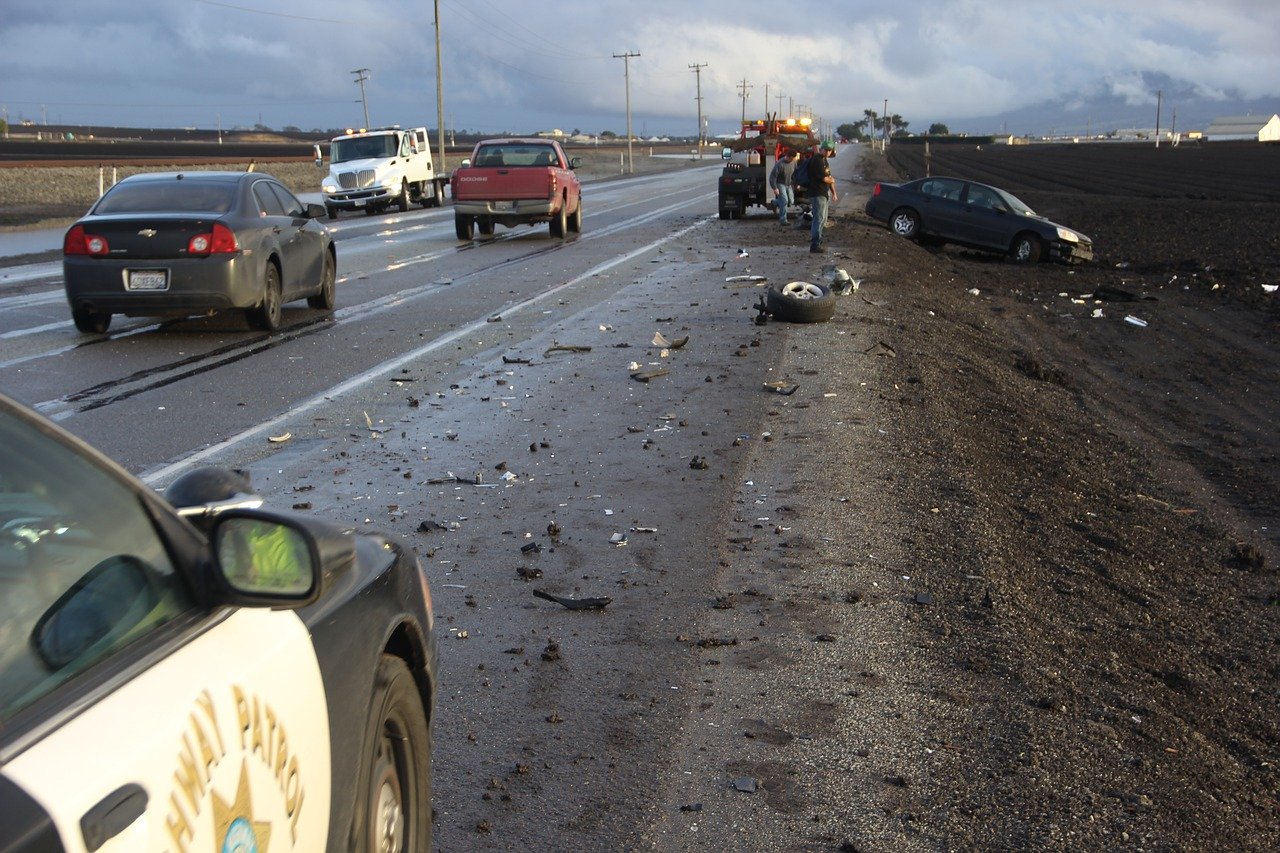Preliminary estimates from the National Safety Council show that as Americans began driving less and covering fewer miles, the emptier roads became more lethal.
This appears to be consistent with information from Canada’s collision repair industry that the average severity of damage had increased, leading to a higher percentage of total losses.
EarlyU.S. data indicate a year-over-year 14% jump in fatality rates per miles driven in March, in spite of an 8% drop in the total number of roadway deaths compared to March 2019. The actual number of miles driven dropped 18.6% compared to the same time period last year. The mileage death rate per 100 million vehicle miles driven was 1.22 in March compared to 1.07 in March 2019.
Through the first three months of 2020, the following states have experienced notable increases in the number of roadway deaths: Arkansas (16%), California (8%), Connecticut (42%), Illinois (11%), Louisiana (23%), Nevada (10%), New York (17%), North Carolina (10%), Oklahoma (9%), Tennessee (6%) and Texas (6%).
States with notable decreases include Arizona (-4%), Hawaii (-32%), Idaho (-28%), Iowa (-13%), Maryland (-13%), Michigan (-12%), Oregon (-24%) and South Carolina (-12%).
For the three-day Memorial Day weekend starting at 6 p.m. ET Friday, May 22, NSC estimates 366 potential fatalities. If the estimate holds, it will be the lowest number of fatalities for the holiday period since 2014.
“Disturbingly, we have open lanes of traffic and an apparent open season on reckless driving,” said Lorraine M. Martin, president and CEO of the National Safety Council. “Right now, in the midst of a global pandemic and crisis, we should take it as our civic duty to drive safely. If we won’t do it for ourselves, we should do it for our first responders, our law enforcement and our healthcare workers, who are rightly focused on coronavirus patients and should not be overwhelmed by preventable car crashes.”
Quarantines and shelter in place directives across the country most likely account for a significant portion of the drop in the number of deaths. However, additional insight is needed to determine the alarming rise in death rates. Anecdotal reports indicate speeding, for example, has increased significantly since traffic diminished. Some states are also moving forward with ill-advised roadway tactics intended to address the COVID-19 pandemic but that could have far-reaching consequences. Among them are repealing requirements for teen drivers to pass road tests before acquiring licenses and relaxing hours of service rules for commercial vehicle drivers.
Even with the declining fatality numbers in March, deaths on the road are up an estimated 2% through the first three months of 2020 compared to the same time period last year. This tentatively reverses gains made in 2018 and 2019. After three straight years of at least 40,000 roadway deaths, fatalities plateaued in 2018 and dropped an estimated 2% in 2019, according to preliminary NSC estimates.
To help ensure safer roads, particularly during the pandemic, NSC urges motorists to:
- Follow state and local directives and stay off the roads if officials have directed you do to so. Many states are asking drivers to stay home except in emergency situations or for essential errands.
- Obey speed limits, even if roads are clear and traffic is light
- Be aware of increased pedestrian and bicycle traffic as people turn to walking and biking to get out of the house safely during quarantine. Conversely, pedestrians and bicyclists should remember that reduced traffic does not mean no traffic, and be careful when crossing or walking in streets.
- Practice defensive driving. Buckle up, designate a sober driver or arrange alternative transportation, get plenty of sleep to avoid fatigue, and drive attentively, avoiding distractions.
- Stay engaged with teen drivers’ habits and practice with them frequently – tips are available at DriveitHOME.org
- Organizations and employers are encouraged to join the Road to Zero Coalition, a 1,500-member group committed to eliminating roadway deaths by 2050


0 Comments